Fedora is a free and open-source Linux distribution based on the work of the Fedora Project. It is sponsored by Red Hat and developed by a community of people. Fedora has a reputation for being one of the most innovative and cutting-edge Linux distributions. The latest release, Fedora 36, is no different. It comes with many new features and improvements, making it an even more compelling choice for users. In this blog post, we will explore the top 10 best traits of Fedora 36.
1. Fedora Media Writer
Fedora Media Writer is a free and open-source tool that makes it easy to create bootable USB drives for Fedora Workstation, Server, and Atomic hosts. Fedora Media Writer is available for Windows, Mac, and Linux. Fedora Media Writer can create a bootable USB drive for any supported Fedora edition, including Workstation, Server, and Atomic. Fedora Media Writer is easy to use and has a straightforward user interface. Fedora Media Writer is ideal for creating bootable USB drives for Fedora installations.
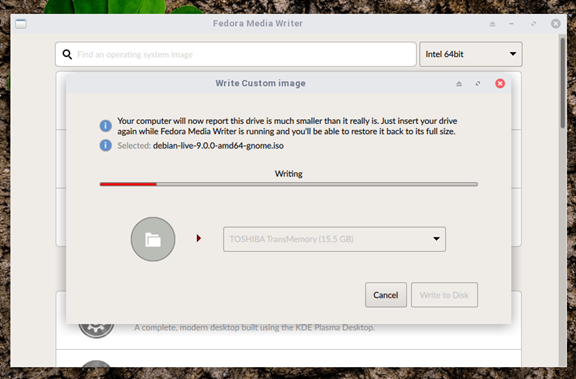
2. Gnome 3.38 Desktop Environment
Gnome 3.38 is the latest release of the Gnome desktop environment. It includes many new features and improvements, such as:
- A new default wallpaper
- Improved performance and stability
- A refreshed look and feel for the GNOME Shell
- New icons and a new icon theme
- Support for fractional scaling on HiDPI displays
- A redesigned Settings application
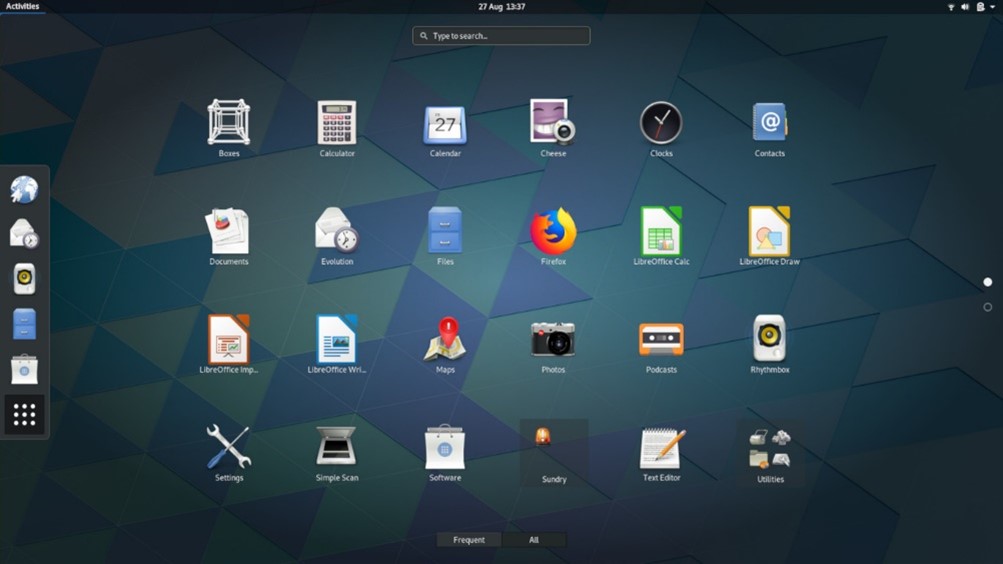
3. Linux 5.11 Kernel
The Linux 5.11 kernel was released on March 14, 2021, with significant changes and new features. One of the most notable changes in this release is support for the AMD Zen 3 CPU microarchitecture. This support allows Fedora users to take advantage of the performance improvements offered by the latest AMD CPUs. Other notable changes in the Linux 5.11 kernel include better support for Raspberry Pi devices, improved power management, and various driver updates. For a complete list of changes, please see the upstream kernel changelog. Fedora users can update to the latest kernel simply by using the DNF system-upgrade command.

4. Better Support For Raspberry Pi
The newest Fedora release fully supports the latest Raspberry Pi 3 Model B+. Fedora 25 further adds compatibility with the Pi Zero W Wireless Hub. It is excellent news for all the hobbyists and developers who use Raspberry Pis as their development and testing machines. With this improved support, they can now easily install and use Fedora on their Pis without hassle.
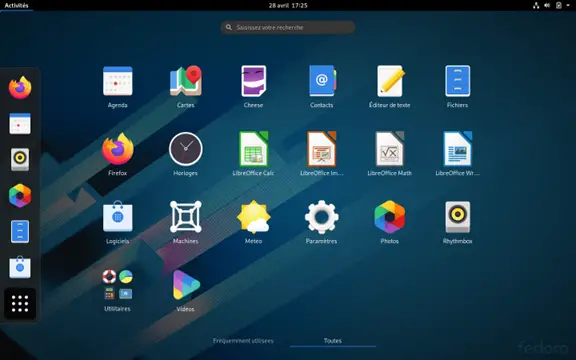
5. Improved ZFS On Root Support
The Fedora team has worked hard to improve ZFS on Root support in the latest release. That means that users can easily install Fedora onto a root ZFS pool. In addition, the anaconda installer has been updated to allow for better ZFS integration.
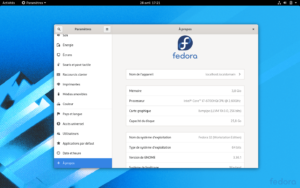
6. Dependency-Less Boot Option
The Fedora operating system has a unique feature that allows it to be booted without any dependencies. Its benefits people who want to use Fedora on their computers without installing any other operating system first. The dependency-less boot option also makes it possible to run Fedora on computers that do not have an Internet connection.
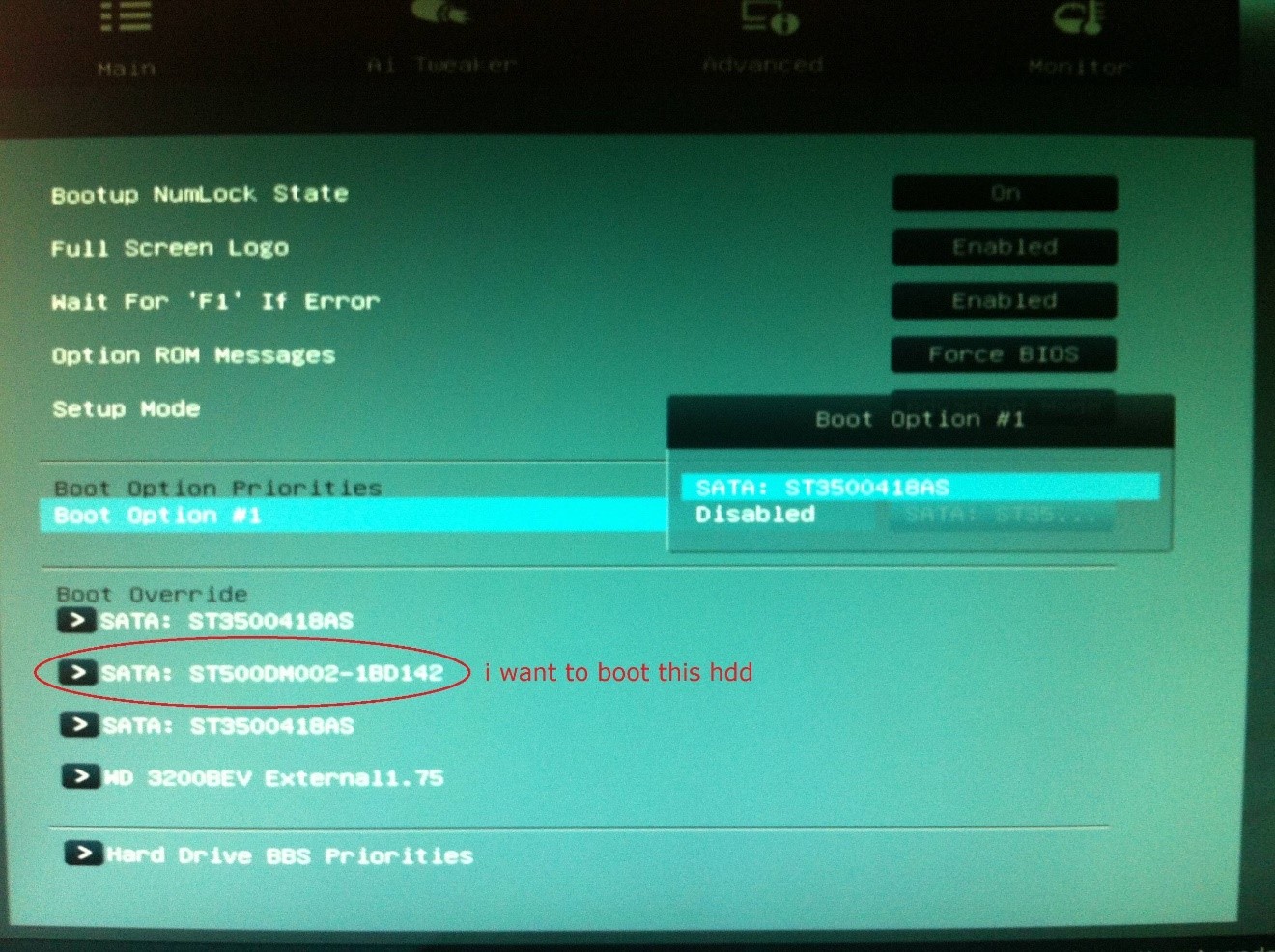
7. Improved Server Installation Experience
The Fedora operating system has a unique feature that allows it to be booted without any dependencies. Its benefits people who want to use Fedora on their computers without installing any other operating system first. The dependency-less boot option also makes it possible to run Fedora on computers that do not have an Internet connection.
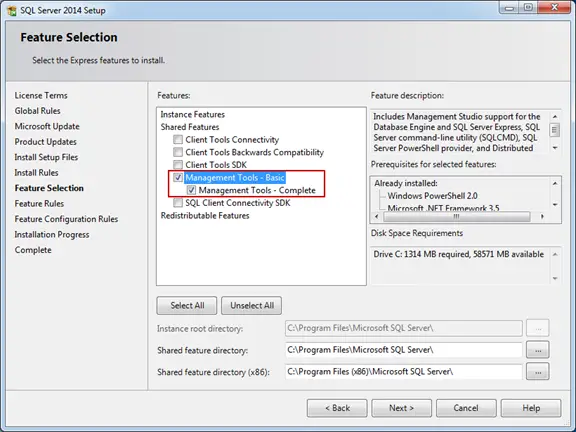
8. Modular Repositories
Regarding repositories, Fedora has always been ahead of the curve. With the release of Fedora 25, they have once again proved their commitment to making things easier for developers and sysadmins. One of the best features of Fedora 25 is the introduction of modular repositories. You can choose which repositories you want to enable on your system with modular storage. It means that you no longer have to allow all repositories to deal with the updates from all of them. You can help the repositories you need and disable those you don’t. It is an excellent feature for those who want more control over their system’s updates. It also makes it easier to stay up-to-date with only the necessary packages. If you’re not using a specific repository, there’s no need to keep it enabled and receive its updates.
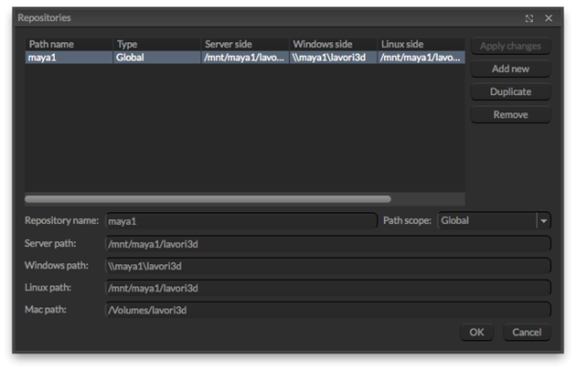
9. Tool Chain Updates
Toolchain updates are one of the best features of Fedora. The Fedora team updates the toolchain with every new release so users can access the latest and most excellent tools. It means that users can always be up-to-date with the latest software developments.
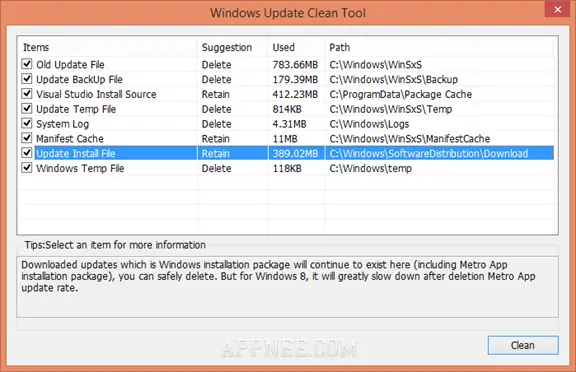
10. System Font Changes
When it comes to system font changes, Fedora delivers. With Fedora 25, the default system font was changed to Cantarell. This change was made to improve readability and accessibility for users. In addition, the new font is also optimized for on-screen readability. In addition to the new default font, Fedora 25 introduced a new set of graphical user interface (GUI) fonts. These fonts are called ” Liberation Sans” and “Liberation Mono.” They are designed to be more readable than the previous fonts and are free software friendly. The changes to the default system fonts in Fedora 25 have improved the overall look and feel of the operating system. Users who prefer the old fonts can still use them by simply changing their user accounts’ settings.
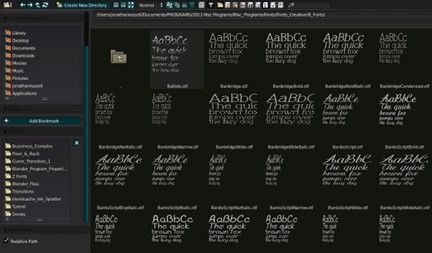
Conclusion
We hope you enjoyed our list of the top 10 best features of Fedora 36. If you’re looking for an excellent Linux distribution, we highly recommend giving Fedora 36 a shot. It’s packed with powerful features and perfect for beginners and experienced Linux users. Do you have a favorite part of Fedora 36 that we didn’t mention? Let us know in the comments below!


















